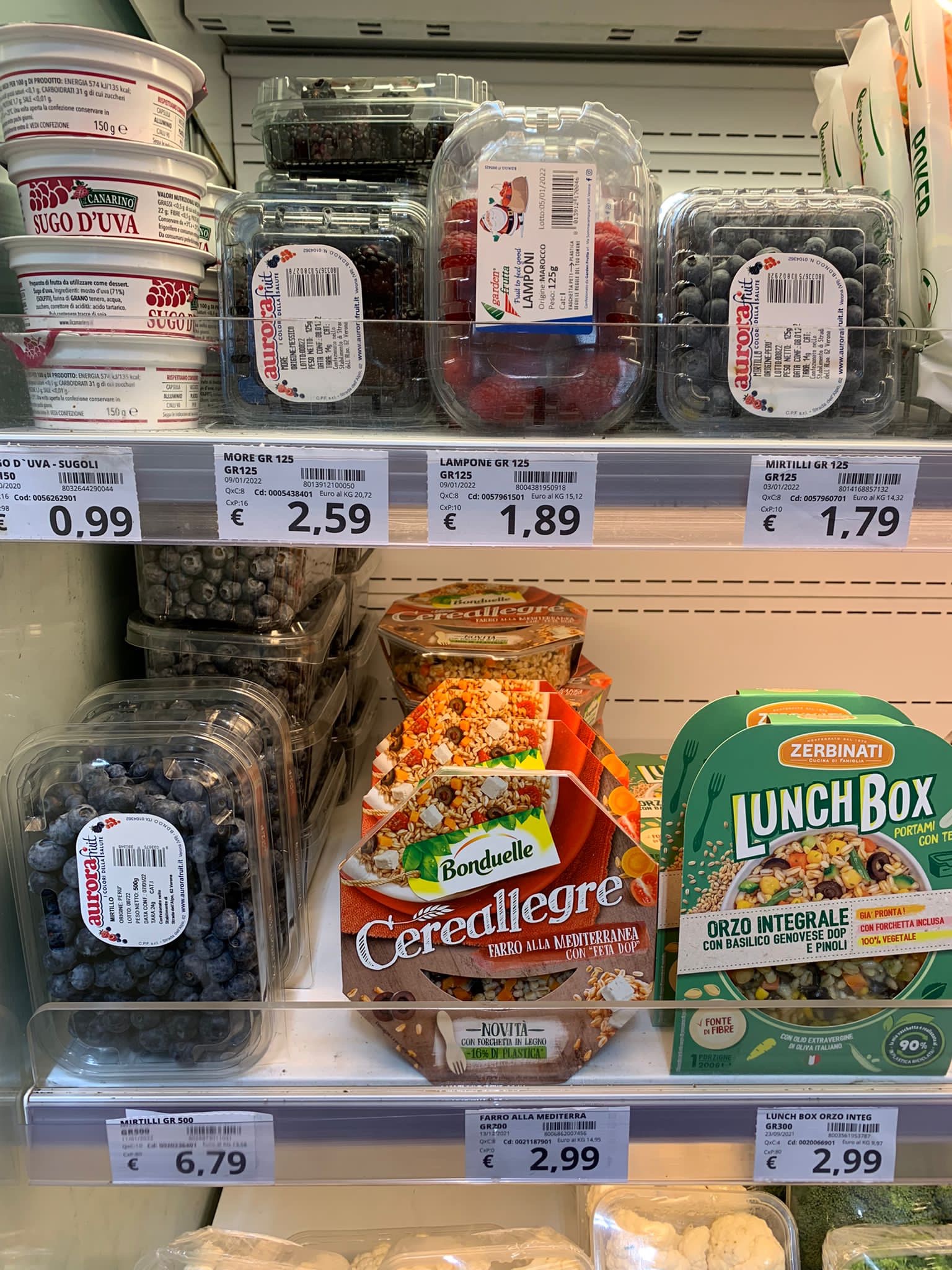Varieties that adapt to climate changes, larger calibers, and firmer fruits. These are some of the factors that will define a blueberry season marked by a decrease in production from the world's major exporters, namely Chile and Peru.
In an interview with Mundoagro, the international expert specializing in blueberries, Sebastián Ochoa, explained that the current seasons in Peru and Chile are very different from those in previous years. In fact, it is the most atypical season that has occurred in Peru since the 2000s when blueberry cultivation began. There were El Niño events in 2017, but the event this season has been very intense, leading to a reduction in production.
Global demand has been stimulated by the strong growth in Peruvian production, resulting in a price increase not seen in 10 years. Currently, prices are very high, favoring the Chilean season with returns more than satisfactory for the farmers.
Regarding the Chilean season from a climatic perspective, there are El Niño events and more rain. Temperatures are lower in spring, and there is increased pressure from botrytis. When seasons are colder, the fruit develops with less dry matter, hence less weight. There has been a decrease in production, though not as significant as in Peru, but it has been compensated by price increases due to the reduction in Peruvian production.
The most profitable varieties
There are many blueberry varieties, but which ones are the most profitable for Chilean and Peruvian producers? According to the expert consultant for blueberry-producing and exporting companies in Chile, Peru, Colombia, Mexico, among others, the most profitable varieties are those with low or no chill requirement. For example, Ozblu has an Australian genetic program that includes the variety Mágica, which, according to Ochoa, is more profitable for the quantity of fruit it can produce. In Peru, they reach 7 to 10 kilos per plant, with 5,800 plants per hectare, equivalent to almost 60 tons per hectare, with an export share of over 95%, making it very profitable.
There is also the new group with the variety Sekoya, where Pop is performing very well, and there are high productions compared to older varieties. Although it is still a new variety, Ochoa believes that something similar to what is achieved with OZblu can be accomplished. "I am a global advisor for OZblu, so I know these varieties well, and I also see many orchards planted with Sekoya. I think we can achieve something similar."
Ochoa explains that the first step in advanced selection is testing them in different areas and discarding them based on their behavior. Since they are new varieties, they are tested in times when climate change is already a reality, and therefore, they function under the conditions in which they will develop.
What to do with old varieties?
Regarding less profitable varieties, the expert says that producers have three options: "If I have an orchard with an old variety, I can graft it with a new variety and get a quality product in a very short period with low investment compared to planting a new orchard. Another option is not to graft it and allocate the production to frozen, if the orchard produces over 10 to 12 tons per hectare. It can be managed at low cost with mechanized or manual harvesting if the production is high.
If I can harvest 12,000 to 15,000 kilos, it's a business that leaves me $7,000 per hectare, without high working capital. If my orchard has 20 or 25 tons per hectare, fantastic, I can generate $10,000 to $15,000 per hectare, and when there are increases in frozen products this year, I can earn a dollar per kilo as well."
But in case these conditions are not met, the plan is to uproot the orchards and replace them, but not to insist on orchards that are sparsely populated and have low production. "If I have an orchard with 7 or 8 tons per hectare, there are producers who insist every year on exporting that. This has no solution; these are orchards that need to be uprooted.
Markets: larger calibers, firmer, and better-tasting
Market demands have changed. If they previously accepted small fruit, today it is necessary for it to be larger, even perfect. "Markets have differentiated, Europe, England, Asia began to open up with requirements for larger caliber, greater firmness, better taste. For example, the Asian market likes sweet varieties, and that's where some varieties are excluded. Markets demand perfect fruit, as with increased supply, markets become more demanding, and hence technology and genetics are important," comments Ochoa.
As for how Chilean and Peruvian fruit is reaching current markets, Ochoa says that "the previous season was a season of high production in Peru, without climatic problems, which made the fruit perfect. Since Chile has more climatic incidents, it is more challenging for them to achieve that product, as we always have problems with botrytis and softening."
According to the expert, in the past, the market allowed fruit with some degree of problem to be moved, but last season this changed, and it was very difficult because when a batch or container arrived with a certain degree of problem, the market did not accept it, and prices fell. With the decrease in Peruvian production this season, this has changed. Fruit with some degree of problem can be moved, and it still maintains high prices.
"Peru is sending softer fruit; fruit has even arrived with botrytis caused by last summer's rains, so there is fruit in lesser condition, which has helped accept Chilean fruit with problems. This season will be quite good for Chilean blueberry producers," concludes Ochoa.
Source: Mundoagro
Image by artbutenkov on Freepik







